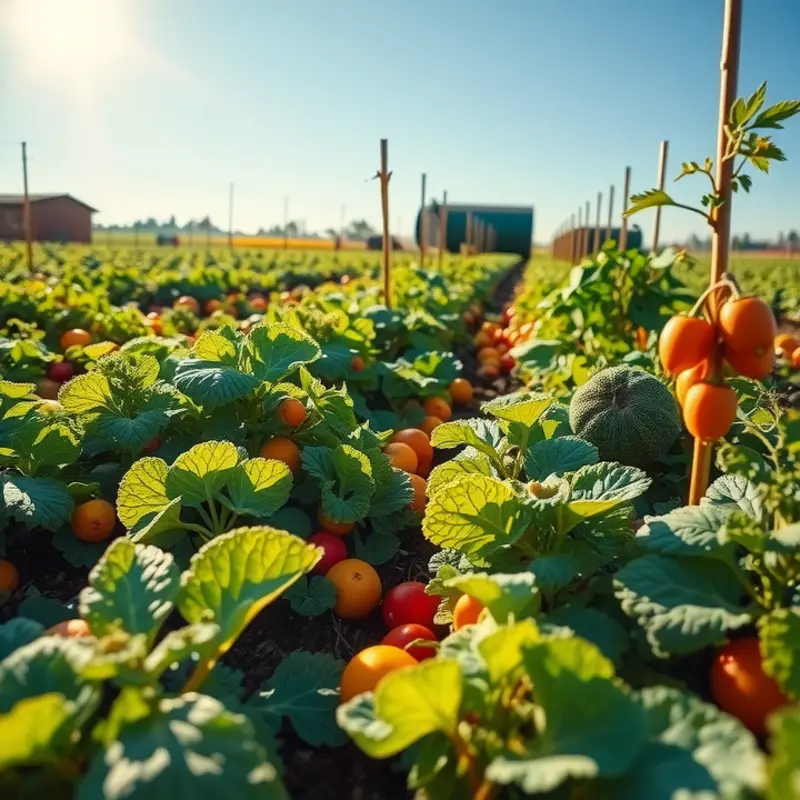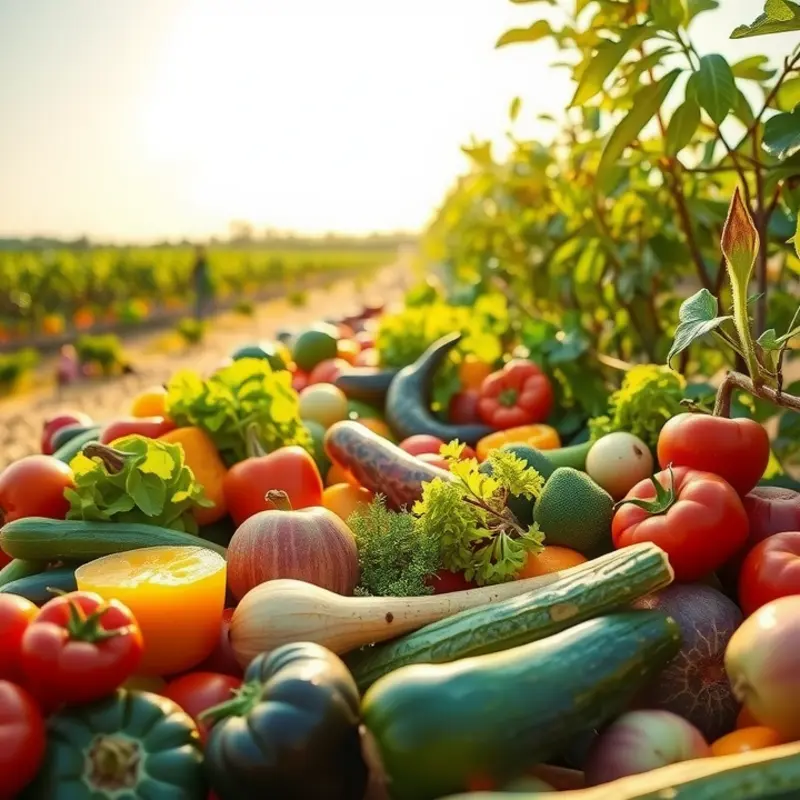Cooking large cuts of meat can intimidate even experienced home cooks. Ensuring even doneness requires understanding not only the cooking technique but also preparation and patience. With a few reliable methods and tips, you’ll unlock the secrets to achieving perfectly cooked, tender, and flavorful results every time. Let’s embark on this culinary journey to enhance your skills and confidence in the kitchen.
Preparation is Key: The Road to Even Cooking

Choosing the right cut of meat is the first critical step towards even cooking. Different cuts have varied levels of tenderness, marbling, and thickness, which significantly impact cooking outcomes. Opt for cuts that suit your cooking method, such as ribeye or strip loin for grilling, or brisket for slow-cooking.
Once you’ve selected the ideal cut, pay careful attention to seasoning. Proper seasoning enhances meat’s natural flavors while helping to develop a desirable crust. Utilize a balance of salt, pepper, and complementary herbs or spices, ensuring even distribution on all surfaces. Salt, in particular, penetrates deeply, improving both the taste and tenderness of the meat.
Before cooking, it’s crucial to allow the meat to rest at room temperature. This simple step ensures that the meat cooks more evenly, as the interior temperature isn’t too cold relative to the heat source. As a general rule, let meats rest outside of the fridge for 30 minutes to an hour, depending on the size.
Cooking temperature is another pivotal factor. For juicy and evenly cooked meat, use a thermometer to monitor internal temperatures. Specific cuts have target temperatures for optimum doneness. Adjust heat meticulously to avoid overcooking.
After cooking, the likes of which is discussed in our easy sauce simmering techniques, allowing the meat to rest is essential. Resting lets juices redistribute throughout the cut, preventing them from spilling out when sliced. Cover resting meat loosely with aluminum foil to keep it warm and intact.
Practical preparatory steps can greatly ensure even cooking. Consider trussing larger cuts to maintain shape and consistency during cooking. Trim excess fat to avoid flare-ups and uneven cooking deteriorations. For added flavor, marinate meats beforehand, integrating acids and enzymes that tenderize over time.
Use of marinades should align with the meat’s texture and intended cooking method. Too long a marinade can over-tenderize and alter the expected texture negatively. Season, rest, and evaluate suitable marinades with patience.
Finally, embrace trial and error. Cooking larger cuts requires adjustments based on size, thickness, and individual preference. Keep a cooking journal to document variables like time, temperature, and techniques tailored to your tastes. This practice turns learning into a hands-on experience, culminating in perfect, even cooking every time.
Cooking Techniques: Achieving Consistent Results

Roasting, slow cooking, and sous vide are three cornerstone techniques when tackling large meat cuts. Each offers a unique path toward tender, flavorful results. Roasting, for example, allows for Maillard browning—a process that enriches flavor through crispy, caramelized crusts. This method requires precision. Preheat your oven and use a meat thermometer to track internal temperatures. Aim for consistent heat exposure to prevent uneven cooking.
Similarly, slow cooking manages to marry flavors over time, typically over low heat. This technique excels in breaking down tougher connective tissues, resulting in tender meat. Temperature monitoring is less rigorous but still essential. Temperature probes can provide peace of mind that internal temperatures match desired doneness.
Then, step into the precision world of sous vide. This method involves vacuum-sealing meat and immersing it in temperature-controlled water. Temperature regulation is remarkably precise, ensuring uniform cooking throughout. While less traditional, sous vide offers unparalleled control over doneness.
Yet, cooking is only part of the formula. Once cooked, resting meat is crucial. During rest time, juices redistribute, preventing them from spilling out as you slice. This retention elevates the moisture content of your meat, highlighting the effort invested in cooking.
Dive deeper into consistent results by exploring how proper slicing techniques can enhance outcomes. Always slice against the grain. This simple step shortens muscle fibers, resulting in a bite that’s both tender and satisfying. Learning to handle a blade with skill can maximize texture and flavor.
Finally, if maintaining flavor integrity while conserving resources interests you, consider integrating this eco-smart kitchen storage tip here. Using proper storage techniques not only reduces waste but also enhances the flavor of your dishes over time, driving sustainability in your culinary practices.
These methods, paired with temperature vigilance, adequate rest, and meticulous slicing, are your keys. Master them, and each bite from your large cut will embody juiciness and full-bodied flavor.
Final words
Even cooking of large cuts of meat demands a blend of preparation, technique, and patience. By selecting the right cut and mastering essential cooking methods, you can create mouthwatering meals that impress family and friends alike. Remember, the key to juicy, evenly cooked meat lies not only in your methods but also in allowing the meat to rest before slicing. Always aim for quality ingredients, keep experimenting with cooking temperatures, and relish the art of crafting delicious home-cooked meals. Your culinary journey will transform every meal into a celebration.







